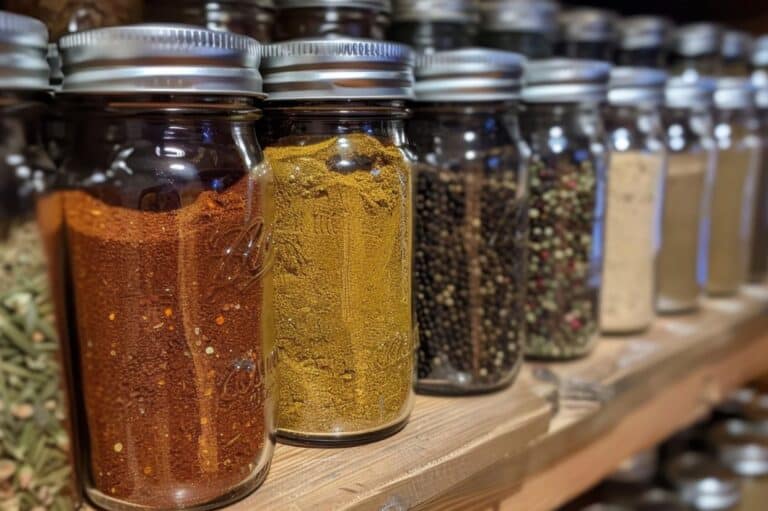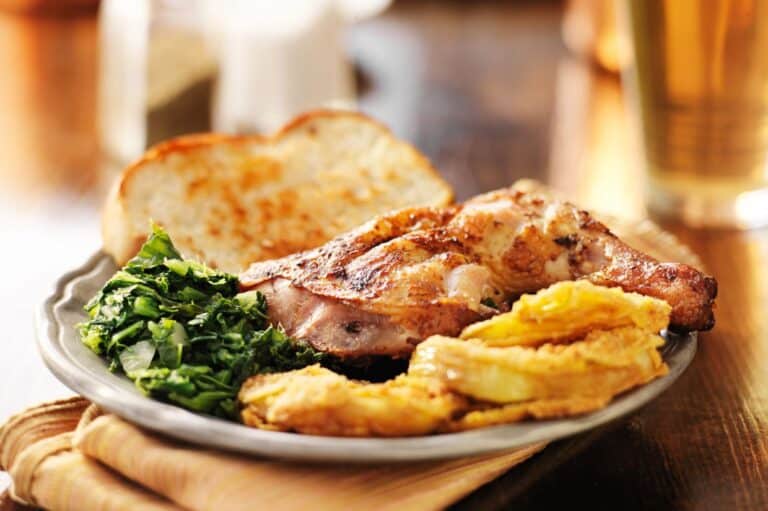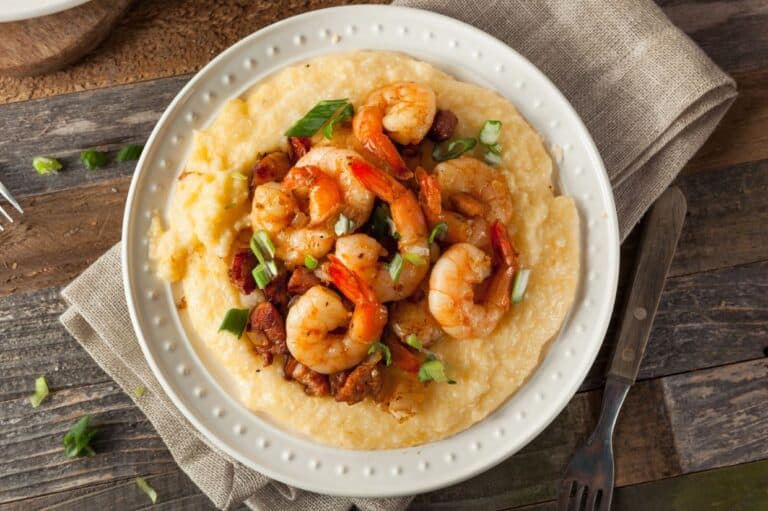Andouille isn’t just any sausage — it stands as a flavor-packed symbol of Cajun cuisine, bringing heat, smokiness, and a touch of tradition to the table. You’ve probably seen it appear in jambalaya, gumbo, or maybe even on your favorite breakfast plate, but Andouille is much more than just a spicy Southern star. So, what makes Andouille sausage so special, and how did it become such a key player in Cajun cooking? Let’s dig in!
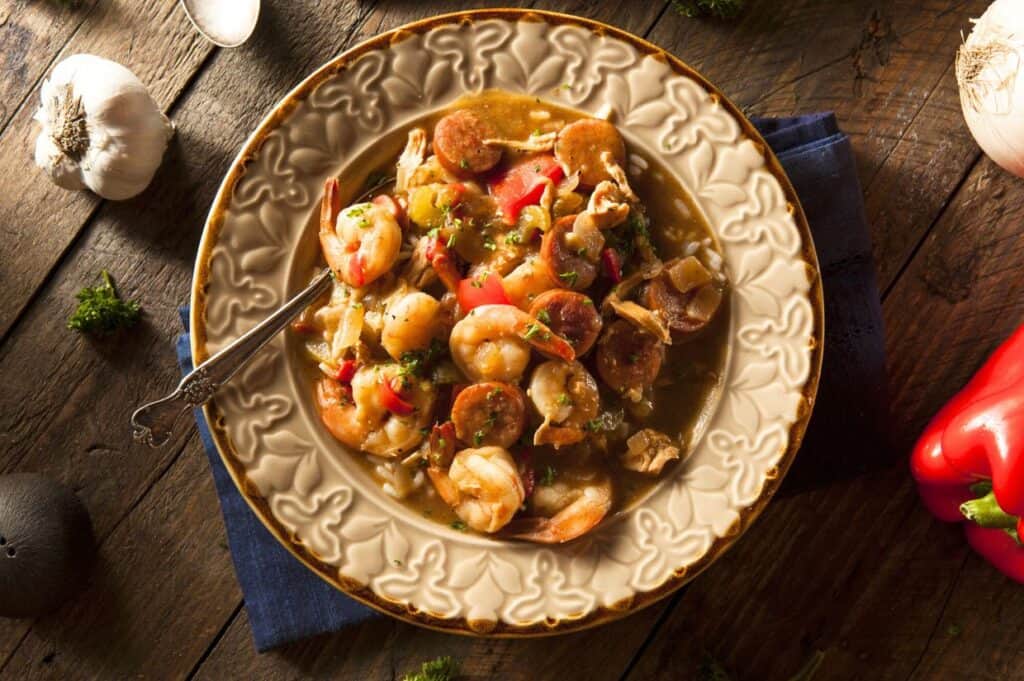
What exactly is Andouille?
If you’re imagining a simple sausage link, think again. Andouille offers a whole experience. Unlike your typical sausage, it’s double-smoked, which gives it a rich, deep flavor that stands up to the bold ingredients it often pairs with. You’ll notice right away that it’s coarser in texture than a standard sausage because it’s made with chopped or chunked pork rather than ground meat.
Seasoning is where things get interesting. Traditional Andouille gets spiced up with a blend of garlic, pepper, and plenty of other Cajun seasonings, giving it a bit of a bite. Some recipes even add a kick of cayenne, making it the spicy cornerstone of dishes like gumbo and red beans and rice.
Andouille also stands out for its signature casing, made from pork intestines, which gives the sausage its snap when you bite into it. That’s part of what makes it such a satisfying addition to any meal.
The Cajun connection
To understand Andouille, you need to know a little about the people who made it famous. The Acadians, French settlers expelled from Canada in the 18th century, brought Andouille to Louisiana. These resilient folks settled in the bayous and swamps of Southern Louisiana, where they developed what we now know as Cajun cuisine — a delicious blend of French, Spanish, African, and Native American influences.
Cajun food is all about making the most out of every ingredient. Nothing went to waste in those early kitchens, and Andouille serves as the perfect example. By preserving pork through smoking and curing, the Acadians created a sausage that could last longer in Louisiana’s humid climate. And the flavor? That came as a bonus.
How it’s made: Smoking and seasoning
The process of making Andouille is where the magic happens. Traditionally, cooks make Andouille with pork shoulder, although other cuts of pork may be used. The pork gets seasoned generously with garlic, onions, and a blend of spices before being stuffed into casings. What really sets Andouille apart, though, is the smoking process.
Andouille gets smoked twice. After the initial smoking, it cools before undergoing a second round of smoking, which gives it that rich, robust flavor. The wood used for smoking plays a huge role too. Many places use hickory, but some producers opt for pecan or oak to impart different smoky notes.
Once it’s fully smoked, Andouille is ready for the kitchen, where it can shine on its own or lend its smoky goodness to a variety of dishes.
Andouille in Cajun cuisine
Andouille plays the role of MVP in Cajun cooking. Its smoky, spicy flavor adds depth to everything it touches, which is why you find it in so many classic dishes. Let’s explore some of the iconic recipes where Andouille takes center stage.
Gumbo
Gumbo is the quintessential Cajun dish, and Andouille practically demands inclusion. Its smoky, savory flavor balances out the roux-based broth, shrimp, and okra that make up this hearty stew.
Jambalaya
Andouille does the heavy lifting in jambalaya too, mingling with rice, peppers, and other proteins like chicken or shrimp. Its spiciness ties the dish together and gives every bite a little kick.
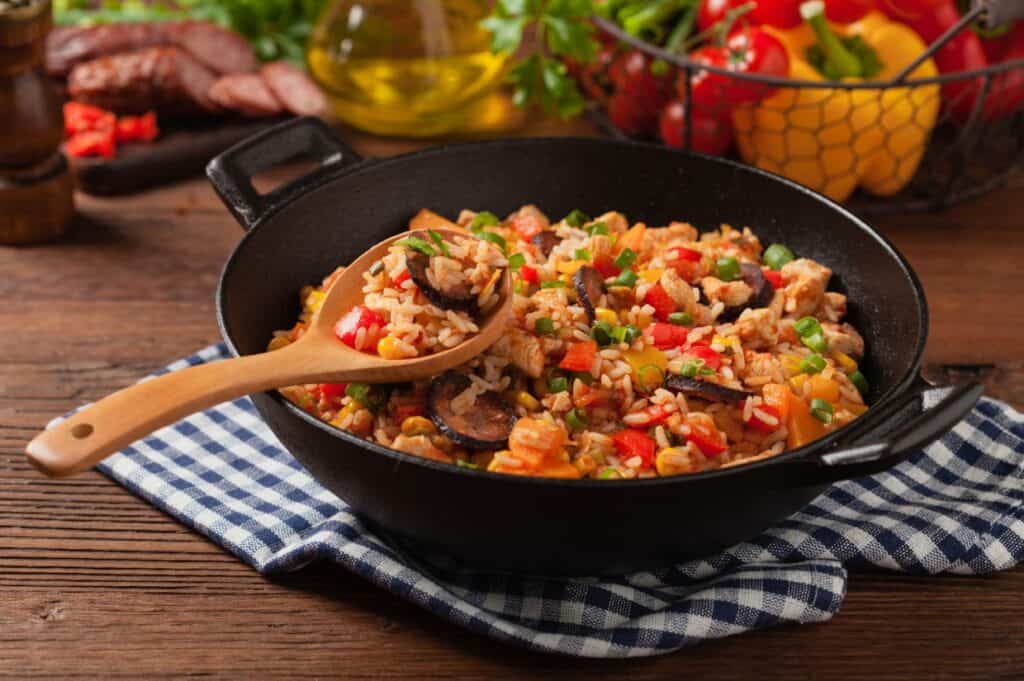
Red beans and rice
You can’t talk about Cajun cuisine without mentioning red beans and rice. This comforting dish often features slices of Andouille, which infuse the beans with smoky flavor as they simmer.
Po’ Boys
Andouille even makes its way into po’ boys, the classic Louisiana sandwich. Whether grilled or fried, the sausage piles high on French bread, dressed with lettuce, tomatoes, and a good slather of mayo or mustard.
Beyond Louisiana: Andouille’s Southern journey
While Andouille reigns as a star in Cajun cuisine, it has made its way into kitchens far beyond Louisiana. Today, you’ll find Andouille in Southern dishes from Mississippi to Texas, adding a bit of Cajun flair wherever it goes.
Take Andouille-stuffed peppers, for example — a Southern twist that packs even more flavor into a traditional dish. Or how about an Andouille hash for breakfast? It’s a popular option in Southern diners, giving your eggs and potatoes a smoky, spicy boost.
Even outside of the South, Andouille is making waves. It has become a popular ingredient in everything from pizza to pasta, appearing in creative fusion dishes that blend Cajun flavors with Italian, Mexican, or even Asian cuisines.
Variations of Andouille
While Cajun Andouille might be the most famous, it’s not the only version out there. You’ll also find a French version, which has a slightly different flavor profile. French Andouille tends to be milder and uses pork tripe (stomach lining) instead of shoulder. It’s also usually cooked at a lower temperature and served cold or slightly warmed, often as part of a charcuterie board.
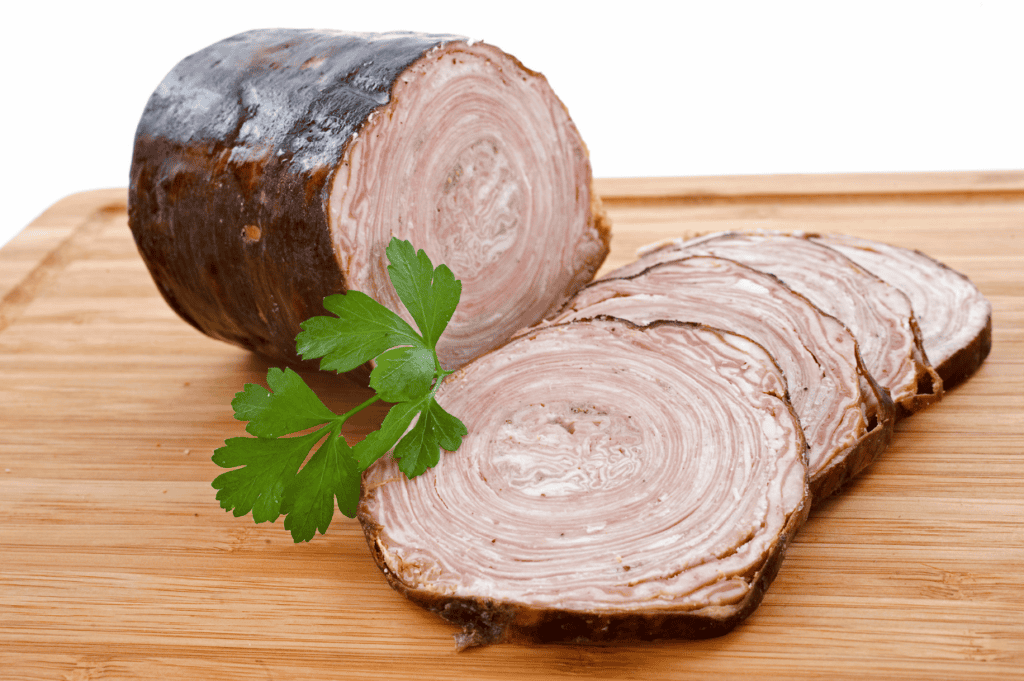
Another variation is the German-style Andouille, found in parts of the Midwest. This version is typically less spicy than its Cajun cousin and may include more herbs like marjoram or thyme.
Where to find Andouille
If you’re lucky enough to live in Louisiana or somewhere in the Deep South, you’ll find Andouille easily at your local butcher or grocery store. But even if you’re farther afield, you can still get your hands on this iconic sausage. Many supermarkets across the U.S. now stock Andouille, especially in areas with large Southern or Creole populations.
For the best experience, though, consider ordering from a specialty shop that makes Andouille the traditional way. Some Louisiana-based companies ship nationwide, so you can enjoy the real deal no matter where you live.
Cooking tips: Getting the best from your Andouille
When working with Andouille, you don’t need to do much to let it shine. Since it’s already cooked during the smoking process, you’re mainly just heating it up and letting those flavors meld with whatever dish you’re making. Here are a few tips for getting the most out of your Andouille:
- Sauté it first. Searing Andouille in a hot pan before adding it to a dish helps release the fats and intensify the flavor.
- Don’t overcook. Since it’s already been smoked, Andouille just needs to warm through — overcooking can make it tough.
- Use it sparingly. Andouille packs a punch, so a little goes a long way. Slices or chunks in soups, stews, and even eggs can transform a dish without overwhelming it.
The legacy of Andouille
Andouille’s smoky, bold presence isn’t just about flavor — it represents a history of resilience and creativity in Cajun culture. From the bayous of Louisiana to the tables of Southern homes across the country, this sausage carries the story of a people who made the most out of what they had and created something unforgettable in the process.
Whether you’re adding it to a gumbo pot or just grilling up a link for lunch, Andouille offers a little taste of the South’s rich culinary heritage.
